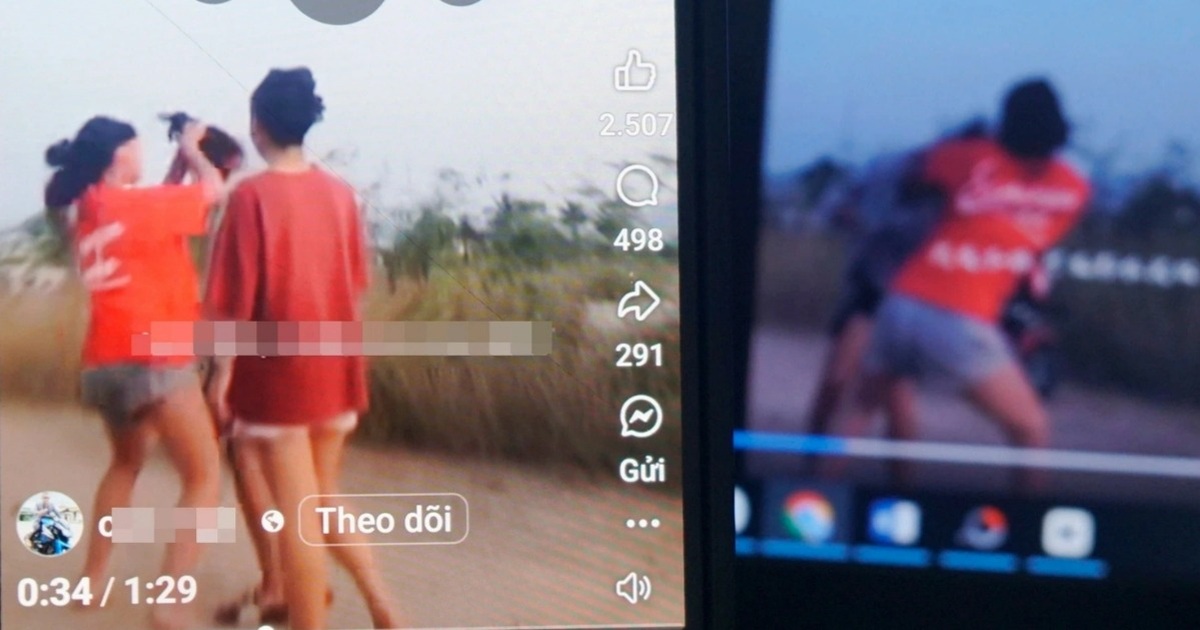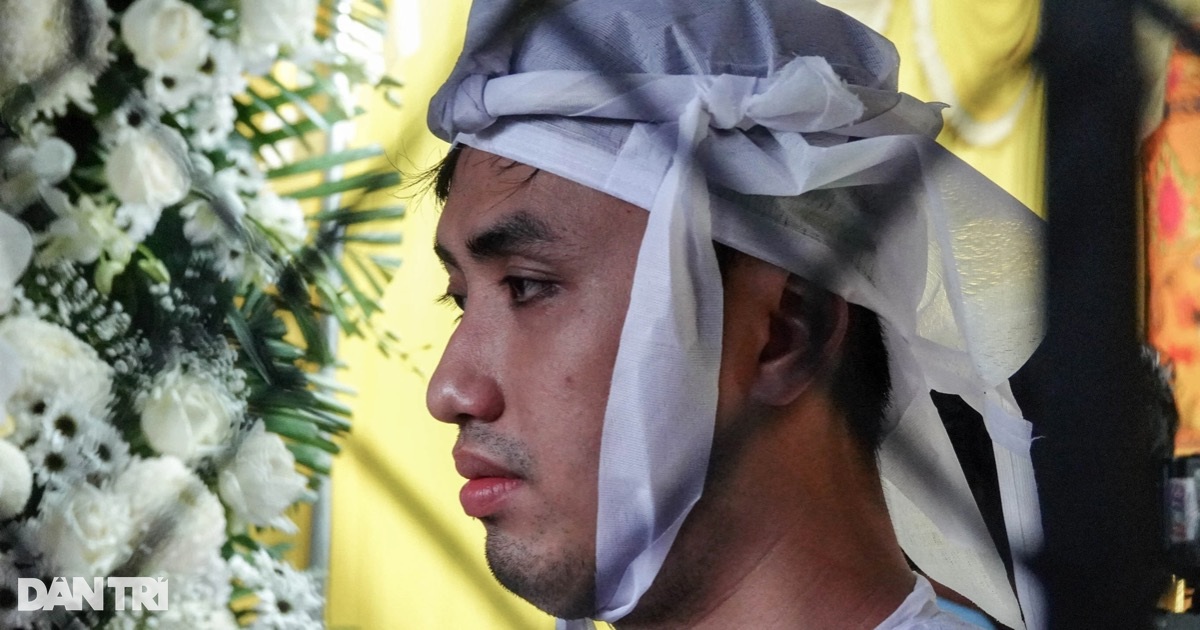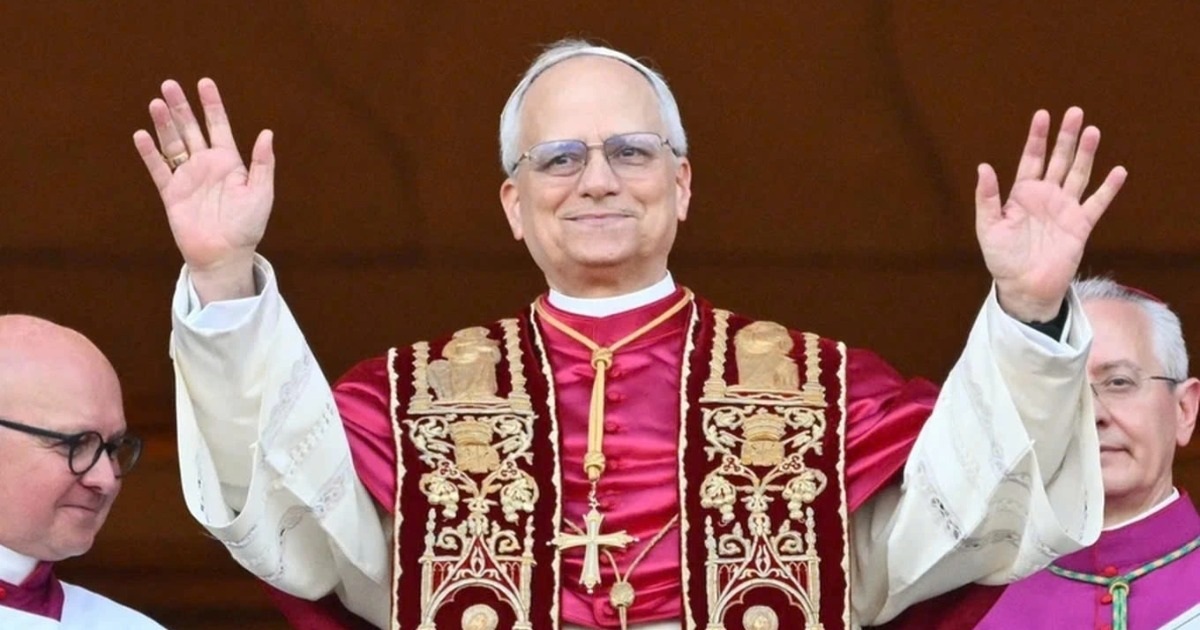Indonesia suffered a crushing 1-5 defeat against Australia in their recent World Cup 2026 qualifier, leaving fans disappointed and raising questions about the effectiveness of the “Dutchification” strategy employed by the Indonesian Football Association (PSSI).
The heavy loss against a strong Australian side puts Indonesia in a precarious position in their quest for a World Cup berth in 2026. Notably, coach Patrick Kluivert fielded a team comprised of 10 out of 11 Dutch-born players, with only Marselino Ferdinan representing indigenous talent. The influx of naturalized Dutch players—now numbering over 20—has sparked considerable debate.
Dutch football expert Vincent Schildkamp, from ESPN, bluntly criticized this policy in his program, Voetbalpraat. He described the strategy as a “joke,” arguing that it wouldn’t lead to sustainable growth for Indonesian football. “It doesn’t help Indonesian football. It’s a sort of opportunistic way to approach the sport,” Schildkamp asserted.
This situation echoes similar controversies in football history, such as the Beerschot (Belgium) team with 11 Ivorian players, or Qatar’s recruitment of Brazilian players. These examples highlight the debate surrounding the long-term viability of such strategies.
Following the defeat, Coach Kluivert faced intense criticism from Indonesian fans. Many called for PSSI to dismiss him and rehire Shin Tae Yong, who previously led the team to notable achievements.
Indonesia’s next crucial match will be a home fixture against Bahrain on March 25th. A victory is essential to maintain their World Cup hopes.
Indonesia’s “Dutchification” strategy raises critical questions about their football development approach. Is naturalization the quickest path to a World Cup spot? Should Indonesia reassess this strategy for sustainable and long-term football growth in the future? The answers remain elusive.



